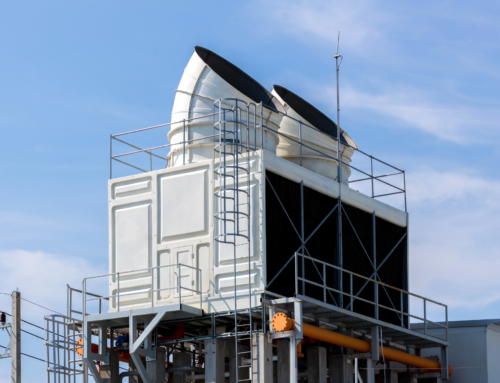If you are familiar with facility maintenance language, you may know all about the importance of indoor air quality. If not, you are in great company! What is indoor air quality and why is it essential to keeping your building safe for all who enter? Clear Air Enviro-Services dives in.
What is Indoor Air Quality?
“Indoor air quality (IAQ) refers to the air quality within and around buildings and structures, especially as it relates to the health and comfort of building occupants,” according to the United States Environmental Protection Agency. Does the health and comfort of your building occupants sound important? It is. It is proven that poor indoor air quality can have short or long term health effects on those that inhabit the building on a regular basis. Those with allergies, asthma, or any pre-existing conditions are most at risk.
Short-Term Health Effects
Some health effects have the ability to show up after a single exposure to indoor air pollutants and some after repeated exposure. It is important to note when and where these side effects take place as they often present as a common cold and it is not obvious where the source of the discomfort is coming from. Symptoms may look like fatigue, irritation of the eyes, nose, or throat, headaches, and dizziness. If someone is noticing certain symptoms in one location, pay attention to where this is happening. It is a good sign that the indoor air quality in that area should be assessed if the symptoms go away when they are moved to a different part of the building.
The most common symptoms that our teams get brought in to address are coughing and sneezing. We have one client specifically who had an employee that was having bad reactions every time the air and heat would kick on. After our team cleaned and coated their air ducts, the employee has not experienced any more symptoms! Clear Air Enviro-Services success!
Long-Term Health Effects
Some respiratory diseases, heart disease, and cancer are examples of the side effects of long-term exposure to indoor air quality issues. While these may not show up until years later, these effects can have a significant impact on the livelihood of those affected. Further research is needed to determine the length of exposure and amount of pollutants that are considered harmful. It is best to consistently maintain your facility to avoid any possible scenarios that would include these outcomes.
Primary Causes of Indoor Air Quality Concerns
Causes of poor indoor air quality are items that your organization will want to pay attention to. Some of the main issues stem from indoor pollution sources that release particles or gases into the air on a regular basis. These may include fuel-burning combustion appliances, tobacco products, products for cleaning and maintenance, excess moisture, building materials and furnishings, and outdoor sources such as radon or pesticides.
Another main cause is inadequate ventilation. If there is not enough outdoor air that enters the facility in a controlled manner, pollutants can accumulate in the environment. This poses health and comfort issues.
Clear Air Enviro-Services has a lot of experience in situations where the cause of poor air quality is from new construction or remodeling projects. Our team is trained and experienced in making sure that your building is kept clean during those transitions.
Stay Tuned for More Information
Clear Air Enviro-Services will continue to expand our educational resources on causes of poor indoor air quality. Our organization prides itself on educating and helping those around us to stay clean and healthy. Follow along on our pages to stay up to date on our newest blogs.






